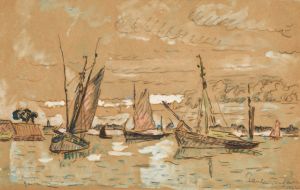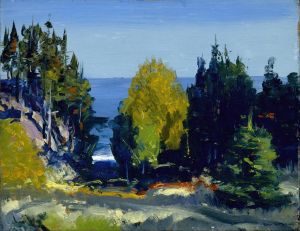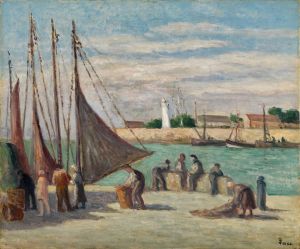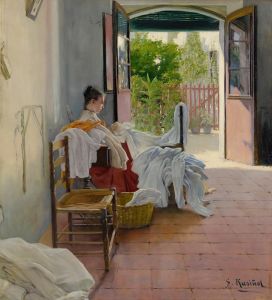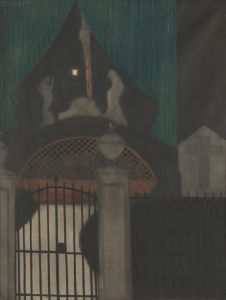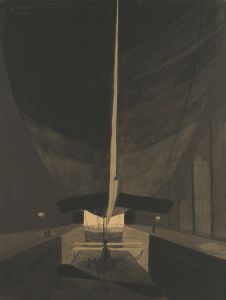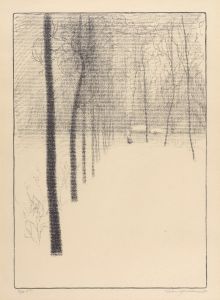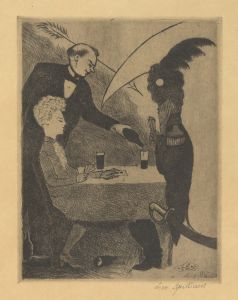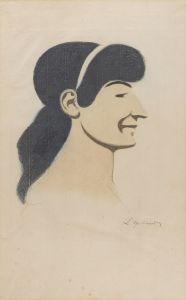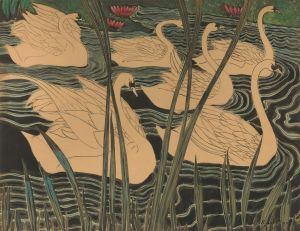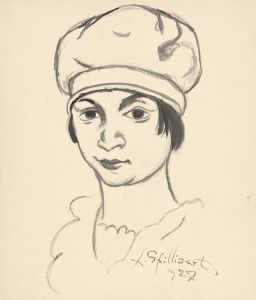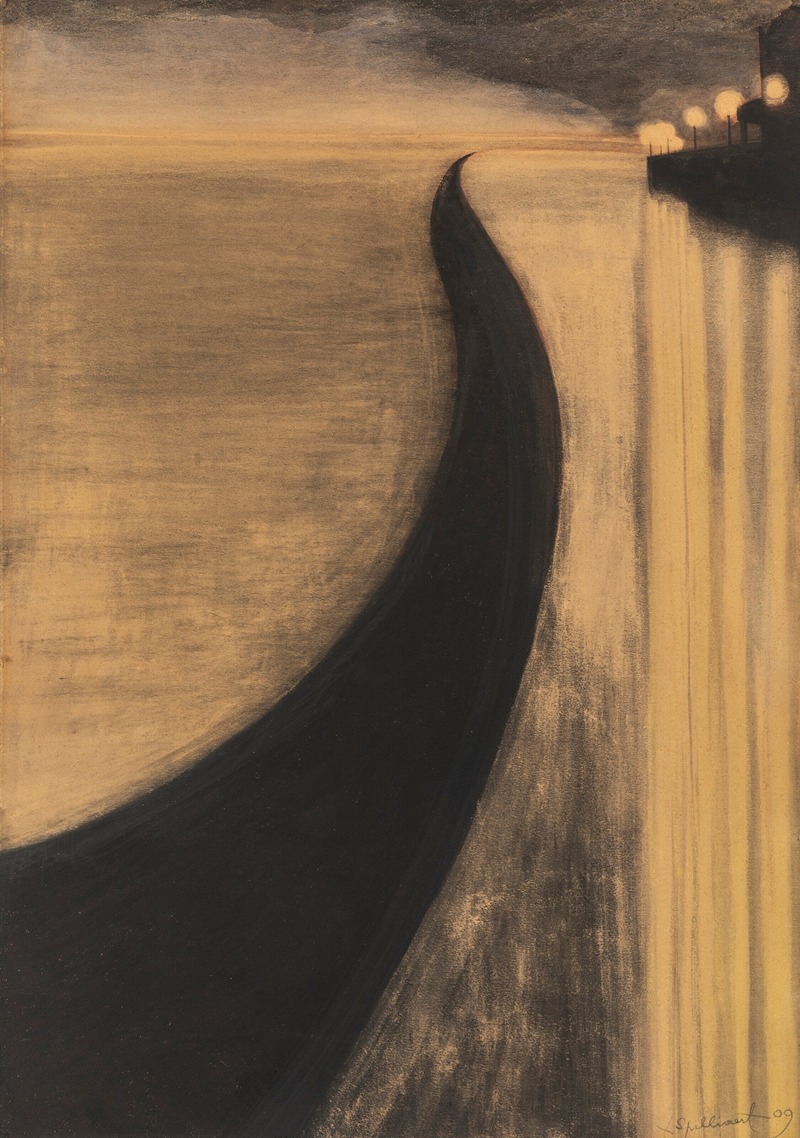
Digue et lumières d’Ostende
A hand-painted replica of Léon Spilliaert’s masterpiece Digue et lumières d’Ostende, meticulously crafted by professional artists to capture the true essence of the original. Each piece is created with museum-quality canvas and rare mineral pigments, carefully painted by experienced artists with delicate brushstrokes and rich, layered colors to perfectly recreate the texture of the original artwork. Unlike machine-printed reproductions, this hand-painted version brings the painting to life, infused with the artist’s emotions and skill in every stroke. Whether for personal collection or home decoration, it instantly elevates the artistic atmosphere of any space.
Léon Spilliaert's "Digue et lumières d’Ostende" is a notable work by the Belgian symbolist painter, renowned for his evocative and atmospheric compositions. Spilliaert, born in 1881 in Ostend, Belgium, is celebrated for his unique style that often blends elements of symbolism and expressionism, capturing the mood and essence of his native coastal town.
"Digue et lumières d’Ostende," which translates to "Dike and Lights of Ostend," is a reflection of Spilliaert's deep connection to the sea and the coastal environment of Ostend. The painting is part of a broader body of work where Spilliaert explores themes of solitude, introspection, and the interplay between light and shadow. His works often depict the quiet, almost haunting atmosphere of Ostend, especially during the off-season when the town is less populated by tourists.
Spilliaert's style is characterized by his use of muted colors and stark contrasts, often employing a limited palette to create a sense of depth and moodiness. In "Digue et lumières d’Ostende," Spilliaert captures the essence of the Ostend seafront, focusing on the dike—a prominent feature of the town's coastal defenses—and the interplay of artificial lights against the natural backdrop of the sea and sky. The painting likely reflects the artist's fascination with the effects of light, both natural and man-made, and how they transform the landscape into a scene of mystery and introspection.
The period during which Spilliaert created this work was marked by his personal struggles with health and insomnia, which often influenced the somber and contemplative nature of his art. His nocturnal wanderings along the Ostend seafront provided him with ample inspiration, as he observed the quiet, often eerie ambiance of the town at night. This atmosphere is palpable in "Digue et lumières d’Ostende," where the interplay of light and shadow creates a dreamlike quality, inviting viewers to ponder the deeper emotional and existential themes present in the work.
Spilliaert's contribution to art is significant, as he occupies a unique position in the transition from 19th-century symbolism to 20th-century modernism. His works are often compared to those of other symbolist painters like Odilon Redon, yet Spilliaert's distinct focus on the Belgian coastal landscape sets him apart. His ability to convey mood and emotion through minimalistic compositions and his exploration of the psychological landscape of his subjects have earned him a lasting place in art history.
"Digue et lumières d’Ostende" exemplifies Spilliaert's mastery in capturing the essence of a place and its atmosphere, making it a significant piece within his oeuvre. The painting is a testament to Spilliaert's ability to transform the ordinary into the extraordinary, using his keen sense of observation and his skillful manipulation of light and shadow to evoke a sense of mystery and introspection. Today, Spilliaert's works, including "Digue et lumières d’Ostende," continue to be celebrated for their emotional depth and their ability to transport viewers to the hauntingly beautiful world of early 20th-century Ostend.





